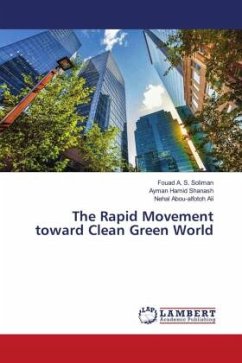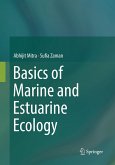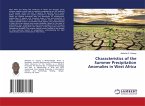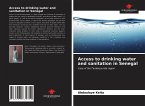The existence of animals is inextricably linked to certain environmental conditions (temperature, humidity, air composition, water quality, food composition and others). These requirements have been developed over many millions of years of living organisms' existence. It is clear that a sudden change in these factors or a deviation from the norm required by the organism can lead to a metabolic disorder and, as an extreme case, to an incompatibility with life. It is impossible to protect and use nature without knowing how it is organised, according to which laws it exists and develops and how it reacts to anthropogenic impacts. It is especially actual in the conditions of functioning of large-scale cattle-breeding objects, rendering the strongest pressure on environment by the wastes which accompany manufacture and processing of production of animal industries. Minimising the harmful effects of this sector on ecosystems through knowledge of environmental laws and principles is oneof environmental laws and principles is one of the tasks of the Veterinary Services.
Bitte wählen Sie Ihr Anliegen aus.
Rechnungen
Retourenschein anfordern
Bestellstatus
Storno








